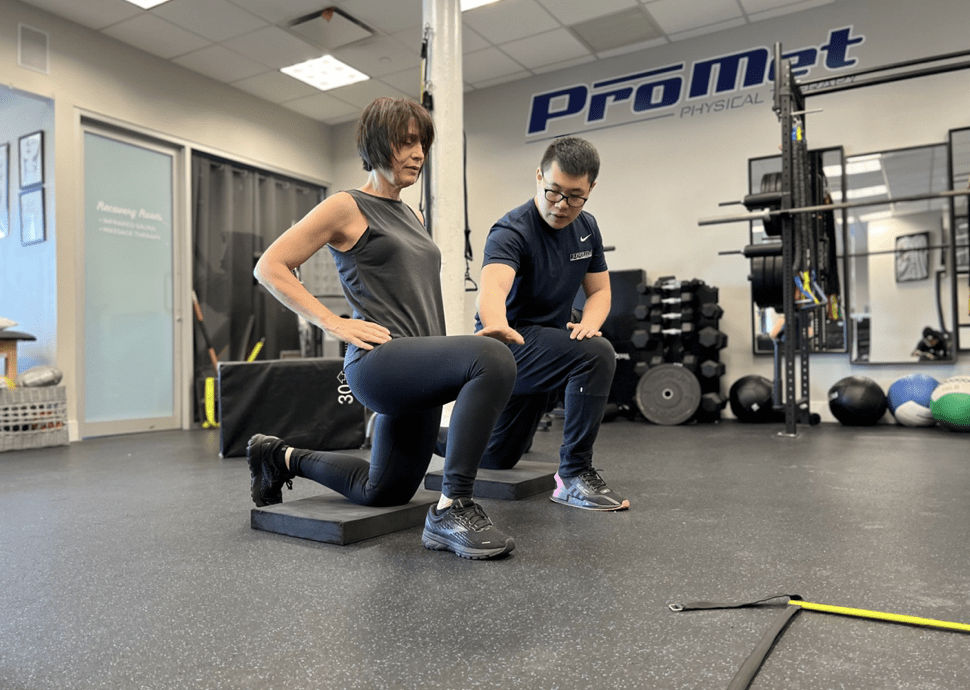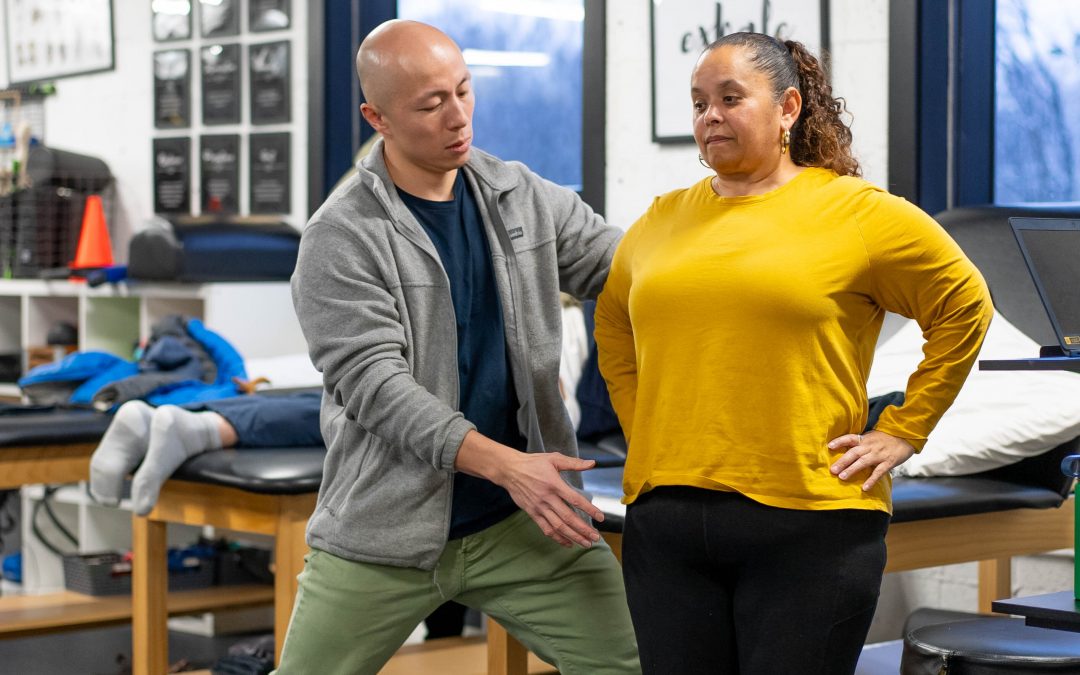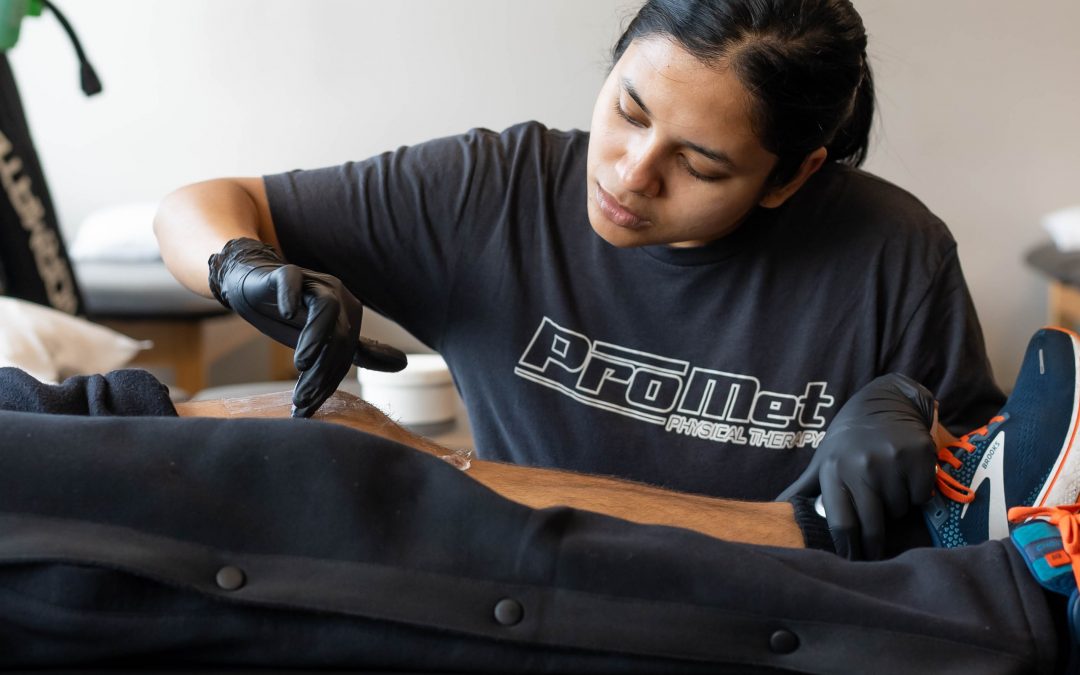The hip labrum serves a variety of purposes, including absorbing stress, lubricating the joint, distributing pressure, and promoting stability. The labrum resists lateral and vertical motion of the femoral head within the acetabulum. Additionally, the labrum acts as a seal for the joint, preserving synovial fluid and fluid pressure while delaying the consolidation of the articular cartilage, reducing loads and strains on the hip joint as a result. By limiting direct contact between the femoral head and the acetabular articular cartilage and by maintaining synovial fluid pressure within the articular cartilage, the intact labrum relieves pressure on the acetabular and femoral heads. Without the labrum, the articular cartilage must withstand significantly increased pressure, and a compromise of this system could lead to early joint deterioration.
Hip labral tears are more common in athletes who play sports like ice hockey, soccer, football, golf, and ballet. Hip structural issues might potentially result in a hip labral rupture. Many hip labral tears cause no signs or symptoms. Some people, however, have one or more of the following:
- Hip pain or stiffness
- Pain in the groin or buttocks area
- A clicking or locking sound in the hip area when you move
- Feeling unsteady on your feet
Diagnosis
Labral tears are difficult to diagnose, partially because of the many muscles and other structures that are near the hip joint. They are often misdiagnosed as common groin strains and it is not uncommon for the diagnosis to be missed for many months after the labrum is torn.
A sports medicine physician or orthopedist will conduct a physical exam and consider your symptoms. If your doctor thinks you may have a torn labrum, they will order imaging of your hip. This may include X-rays, but an MRI of the hip is the best way to confirm the diagnosis.

Some patients with labral tears have no symptoms and don’t require any special care. However, if you have ongoing discomfort from a labral tear, physical therapy may be able to provide you with enough relief. Ibuprofen and naproxen are examples of NSAIDs, which can be used to reduce inflammation surrounding the labrum and relieve discomfort.
To answer your question, yes, it is possible to avoid the knife!!! Although the literature is severely lacking in non-surgical treatment options and outcomes for hip labral tears. In many cases, patients have been able to improve pain, quality of life and get back to activities they love without surgery.
The goals early on are activity modification, pain control, strengthen and stabilizing surrounding hip musculature. When it comes to strengthening exercises, avoid positions and movements causing irritation at the hip (no deep flexion, or end range IR/ adduction). Our expert team of PTs at every location can help you navigate through pain and discomfort associated with hip labral tears. Book your appointment today!




